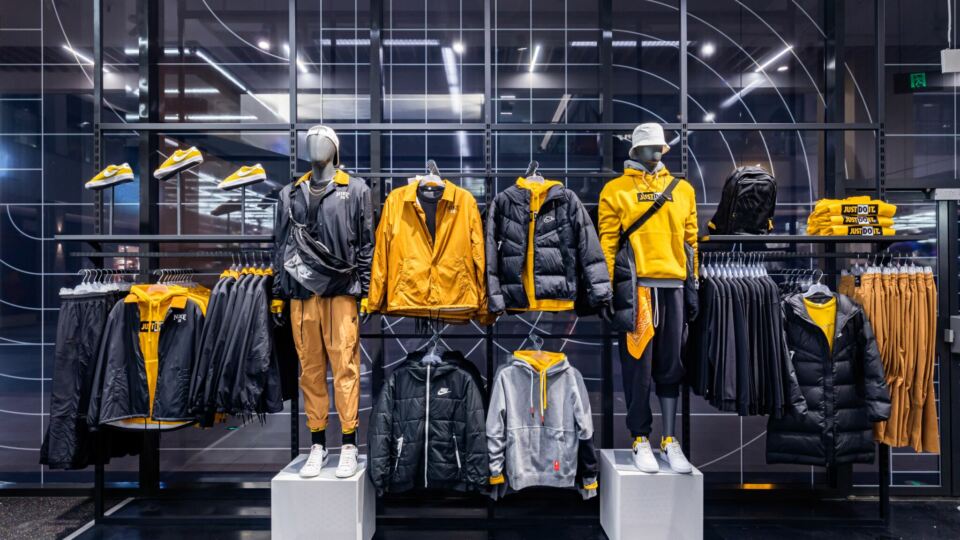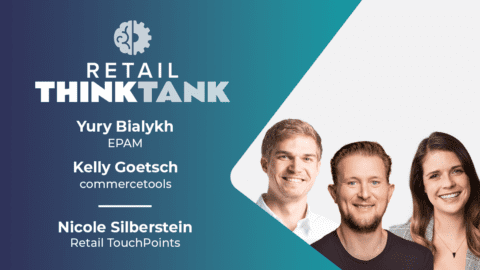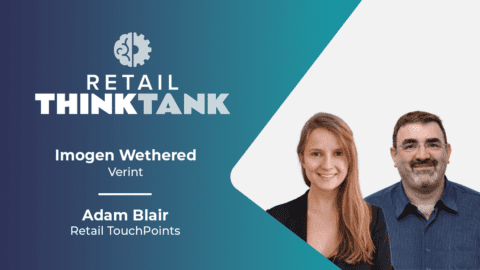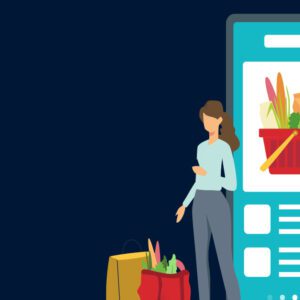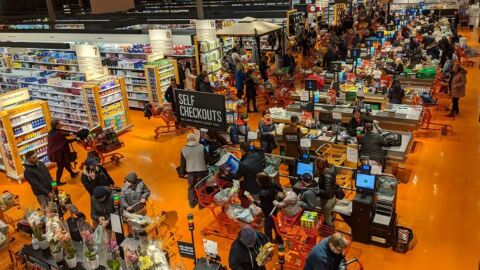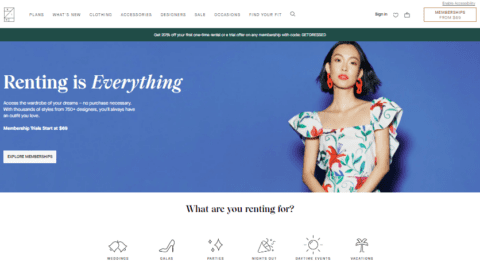We are witnessing a great awakening of the store. Sure, some industry pundits have used sensationalist headlines to remark on the “retail apocalypse,” but new research confirms that brands and retailers are investing more time and capital on their store strategies.
The reasons why are pretty obvious. While commerce offers consumers speed, ease and access, stores offer a deeper level of connection with products. The power to touch, try on and see items at all angles provides a depth and clarity that drives confident buying decisions. Immersive in-store experiences also allow consumers to forge a greater connection with brands — something that all businesses are focusing on as retention depletes and brand loyalty erodes.
In fact, the vast majority of respondents (91%) to Retail TouchPoints’ second annual Store Design & Experience Benchmark Survey indicated that store design and experiences were “somewhat” or “much more” important to their business strategy. For context, significantly fewer respondents (71%) said the same in last year’s survey.
But where are brands and retailers prioritizing their time, money and resources? The survey of 150 retail executives uncovered five key priorities:
Store remodels are the top priority
While most respondents saw a flat (24%) or slight increase (43%) in their budgets in 2021, more respondents said they would see a slight (42%) or significant (25%) increase over the next 24 months. Nearly half (46%) of respondents said they plan to remodel and renovate a minimum of 11% of their store footprint through 2023, with many focusing on renovating the front of house to support flexible fulfillment (71%) and reimagining the store floor and product displays (70%). Conversely, one-third of respondents (33%) said they had no plans to open new stores over the next 24 months.
Brands go all-in on short-term stores
Although brands such as Ralph Lauren have doubled down on their flagship stores, most of our respondents are testing new, typically smaller-scale concepts designed to test new ideas in niche markets. In fact, the top two responses were pop-ups (37%) and rotating concepts (37%) — both of which allow brands and retailers to test and refine new store concepts in a more agile and cost-effective way.
Advertisement
Visual storytelling takes center stage
A consistent theme throughout the report was the need to create a fast and seamless store experience. Store design and visual teams help bring this mission to life through improved merchandising, tech integration and even store signage. But most respondents (71%) agree that the top priority is brand storytelling and finding ways to connect with consumers visually. The next most-popular response was selected by only 48% of respondents, and it focused on developing designs that support in-store pickup and returns. The stark contrast in these results shows that while the utility and function of a store is important, all stores need to align with a resonant brand story in order to stand out. And design teams know that is what will drive long-term success.
Technology plays a supporting (and strategic) role
In all our conversations with store design leads and experience strategists, one topic always comes up: how technology can support store goals. With so much buzz surrounding touchless commerce and immersive, interactive technology, it’s easy to see why.
But a new plot is taking shape in store design circles: if you’re going to use technology in your stores, it should be intentional and proven to add value for consumers. Respondents to the survey are following this new code of conduct. More than half of respondents (51%) are integrating technology into their stores to support product customization and endless aisle experiences, and 44% are trying to create more opportunities that spark digital engagement throughout the store, either through digital signage or QR codes. Both of these technologies create a clear call-to-action for consumers as they browse in aisles and seek additional content about a specific brand or product.
Creating a culture of collaboration
To bring the promise of technology and powerful storytelling to life, design teams know they need to collaborate more closely with their colleagues in other functions. Unsurprisingly, marketing (64%) and operations (61%) were the primary teams that design connected with as they brought their store visions to life.
What was surprising, however, was that only 55% of store design teams said they collaborated with IT. Given how many respondents noted their focus on bringing technology into their store environments, they will need to ensure that IT is aligned on direction and implementation. The store design and flow needs to blend seamlessly with technology “moments,” and closer collaboration between these teams will allow a fluid customer experience to take shape.
Want to learn more about how brands and retailers are prioritizing their store experiences? Download the research report now.




